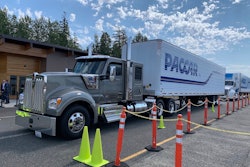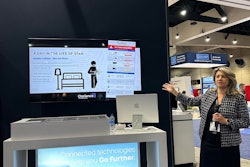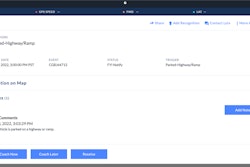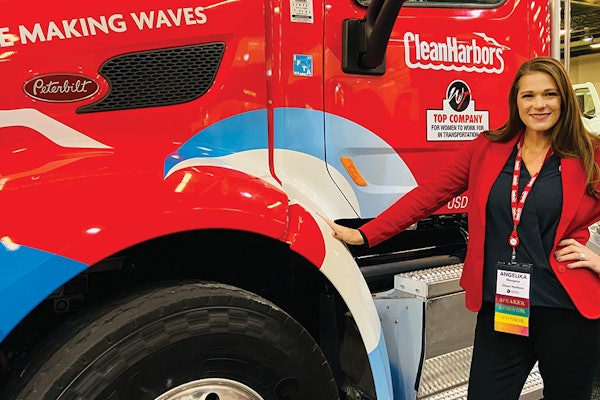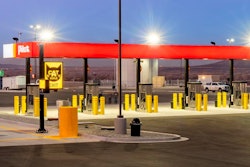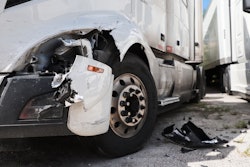Trucking companies that haven’t invested in video telematics are quickly being left behind as the next iteration of the technology hits the market. The commercial trucking market has been inundated with dash camera technology in recent years, and developers are now expanding that visibility with auxiliary cameras to increase security, enhance driver coaching opportunities and potentially reduce insurance costs and mitigate nuclear verdicts, among other benefits.
Auxiliary cameras can help fleets do something as simple as deter a thief or something as immense as exonerate a driver in the event of an accident – the average cost of which hovers around $70,000 in the U.S., and even more if a fatality occurs.
With rear-end and side-impact collisions accounting for roughly 54% of all vehicle crashes, dash cameras, which capture only a forward-facing view, don’t always show the whole picture, so fleet solutions providers Konexial and Lytx both recently released auxiliary cameras to bridge the gap.
“You're having a real impact on the safety of the driver, the truck and the fleet, avoiding potential huge liability for having an accident caused by distracted driving,” said Ken Evans, founder, CEO and chief technology officer of Konexial. “According to the National Safety Council, the last data they published, the cost of a fatality involving a commercial vehicle is over $13 million per death. So it's a huge potential benefit if I can reduce the number of those accidents and if I can send people home safer.”
Evans said Konexial’s My20 LogiCam Ai dash camera that provides real-time driver coaching has proven to reduce distracted driving events by 80% within six weeks of installation. That benefit should increase with the addition of My20 LogiCam Aux – side auxiliary cameras (1080p) that create a mesh network of near 360-degree camera coverage for commercial motor vehicles and Class 8 trucks. Konexial’s system shows footage from all cameras on one screen with time, date and speed stamps in addition to telemetry data so fleet managers, who have access to footage in real time, have a holistic view of any scenario from a hard-braking event to a crash.
[Related: Advertising cameras on board could offset nuclear verdict impacts]

